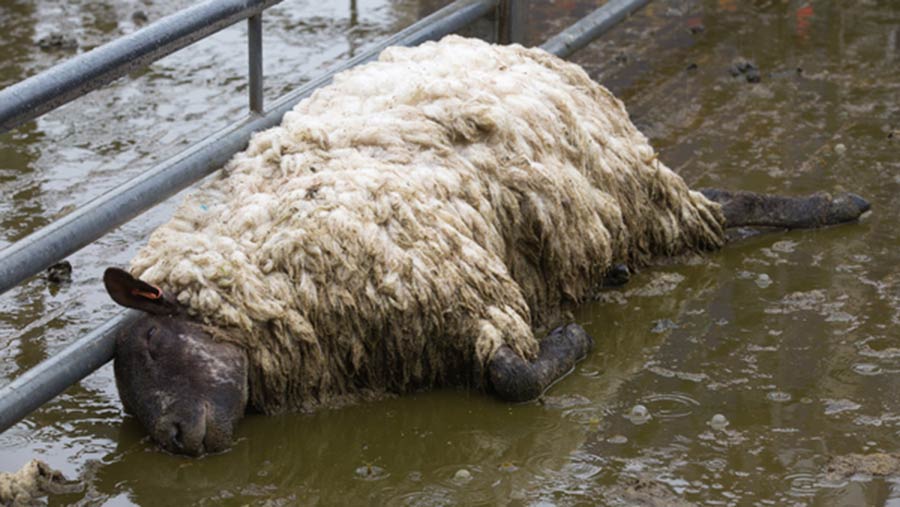Lab closures prompt calls for animal disease database
 ©Tim Scrivener
©Tim Scrivener The British Veterinary Association is calling on government and industry to develop cost-efficient ways to capture and analyse post-mortem data.
The call follows the results of a BVA survey, which revealed nine in 10 animal vets now conduct their own post-mortems (PMs) following the closure of some PM laboratories in the Animal and Plant Health Agency (Apha) surveillance network.
The biannual survey of 720 BVA member vets, which was carried out by independent researchers, found:
- In 2014, there was a 31% increase in production-animal vets carrying out their own PMs
- Most vets keep this PM data at their practice, with less than 5% inputting it into a national system such as Nadis, AHT or Apha and less than 1% to a benchmarking group
- 63% of vets affected by laboratory closures report that carcass collection in their local area was not working well.
The survey statistics come six months after environment secretary Liz Truss announced Defra’s commitment to big data on 25 June.
See also: Top 10 causes of death in the beef herd
BVA is asking that all vets affected by laboratory closures are clearly informed about alternative arrangements for carcass collection and PMs.
Sean Wensley, BVA president, said disease surveillance could be a “shining example” of better big data use.
“In a global world, where diseases such as Schmallenberg and bluetongue can emerge in our livestock without having previously been seen on these shores, being able to quickly join up the dots of disparate disease data is vital.
“We understand that Defra and Apha must make difficult choices due to economic pressures and we very much welcome research already utilising post-mortem data such as the Agriculture and Horticulture Development Board’s Fallen Stock project.
“What we now need is clear communications and guidance on carcass collection and access to PM examination arrangements together with a determination to see this as an opportunity to innovate, exploring how digital technology can help vets in the field record and capture data that feed into national databases and help us to see the bigger picture.”
